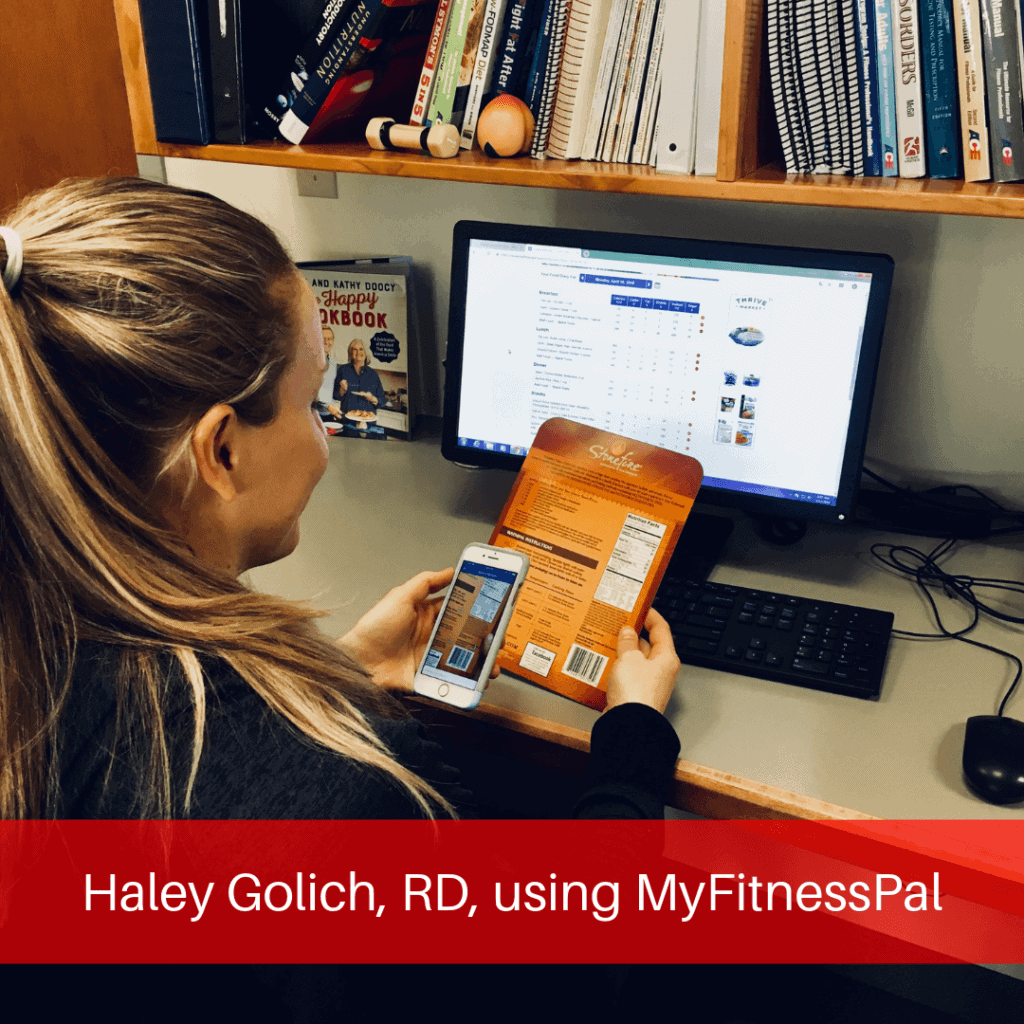By Haley Golich, RD

As a Registered Dietitian at One on One, I have seen first-hand what works and what does not when it comes to weight loss and maintaining a healthy diet. One go-to strategy that has proven to be very effective is digital food tracking. In fact, studies have shown that people who consistently track their food intake have significantly more weight loss over time than those who track less frequently or not at all.1 Additionally, individuals who consistently track have been shown to better maintain their weight loss long term.2
Why is it so effective?
- Food tracking leads to mindful eating. How often have you found yourself at the bottom of an empty bag of chips wondering how you got there? Consider how things might be different if you knew that you would be tracking the amount of chips that you ate? Food tracking is a great tool that can help us to stop and think before making these in-the-moment eating decisions.
- Food tracking is a powerful educational tool. Are you getting enough protein? Are you meeting your caloric needs, or exceeding them? Which of your snack choices is lowest in saturated fat? Food tracking can help answer these questions for you in real time. Each time you track your food, you have the opportunity to learn something new about how you are fueling your body.
- Food tracking provides consistent accountability and measures of success. When you track your intake daily, you are consistently able to keep your health and nutrition goals in the front of your mind. This is essential for making decisions that are in line with your goals. Food tracking also allows you to clearly measure your progress. Whether your focus is to decrease saturated fat intake, increase fiber intake, or stick to a specific calorie goal, food tracking is an effective way to store this information and evaluate your improvements over time.
- Food tracking bridges perception with reality. Is your favorite Dunkin’ Donuts breakfast sandwich really 710 calories and 51 grams of fat? Are you really consuming more than twice the recommended amount of sodium each day? As a society, we tend to underestimate the total amount of food that we eat, while also overestimating our intake of foods that we perceive as “healthy.” Food tracking, when done honestly and accurately, can give us a picture of what is real.
As effective as food tracking is, many have never even tried it, citing not being “tech savvy” as the reason for avoiding these tools. Learning how to use food tracking apps is similar to starting a regular exercise routine—it requires some discipline and education to start. Then, over time, it becomes a part of your lifestyle. Fortunately, these apps are very simple to use once you know how. The key is exactly that…learning how!.
- Ingels JS, Misra R, Stewart J, Lucke-Wold B, Shawley-Brzoska S. The effect of adherence to dietary tracking on weight loss: using HLM to model weight loss over time. J Diabetes Res. 2017; 2017: 1-8.
- Goldstein CM, Thomas JG, Wing RR, Bond DS. Successful weight loss maintainers use health-tracking smartphone applications more than a nationally representative sample: comparison of the national weight control registry to pew tracking for health. Obes Sci Pract. 2017; 3(2): 117-126.

